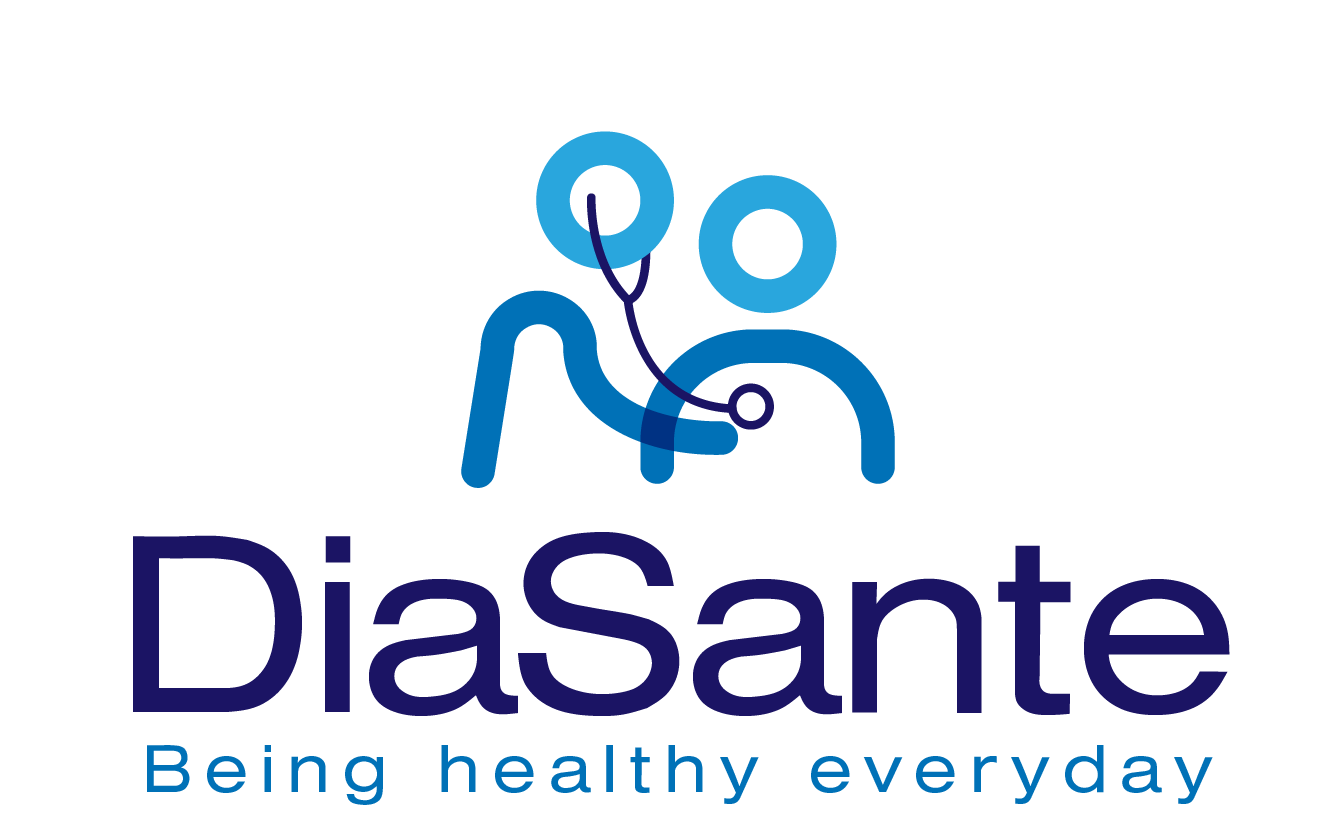Sizing up the impact of remote patient monitoring
RPM programs in tandem with a broader array of telehealth services can build new outpatient revenue streams and reduce hospital utilization.
The growth of remote patient monitoring technology and telehealth over the past two years is transforming the way hospitals, health systems and clinics deliver healthcare. Remote patient monitoring technology in particular is set to explode. But with so much change happening so fast, even the terms themselves are the subject of some confusion.
So, what is remote patient monitoring, exactly, and how does it differ from telehealth? Because the market for these technologies is expected to explode in the next five years, it’s important to define our terms.
Telehealth is an umbrella term
Simply put, telehealth is an umbrella term describing the use of technology to deliver healthcare remotely.
Several organizations have published their own definitions of telehealth, although healthcare providers are usually most concerned with definitions released by the Centers for Medicaid and Medicare Services. In a resource on telemedicine published for healthcare providers, CMS defines telehealth as “the use of telecommunications and information technology to provide access to health assessment, diagnosis, intervention, consultation, supervision and information across distance.”
Thus, telehealth refers to a suite of services for delivering remote care, both in and out of traditional care settings. One subset of those services is remote patient monitoring.
Defining of remote patient monitoring
Remote patient monitoring is the use of technology, often wearable devices, to monitor patients outside of clinical settings. These devices are internet-enabled and can thus send information on patient health directly to the offices of care providers.
Combined with technology platforms that can aggregate and analyze the data as well as integrate it into clinical workflows for care delivery, remote patient monitoring has the potential to transform patient care for the better – and reduce its cost.
Read More on HealthData Management
Leave a reply